
Business nuggets from the smartest minds | By @armaanSkooner 🎨 | Subscribe → https://t.co/kePNinY2RB
How to get URL link on X (Twitter) App



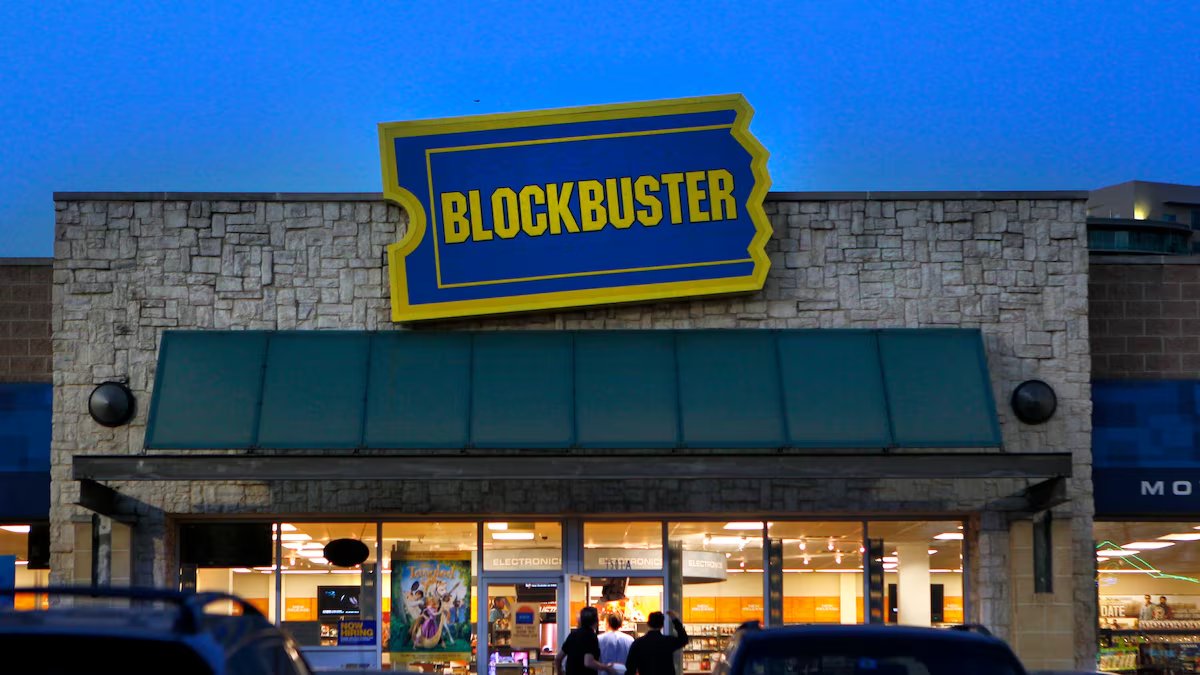 Netflix began in 1997 as a DVD rental-by-mail service, founded by Reed Hastings and Marc Randolph.
Netflix began in 1997 as a DVD rental-by-mail service, founded by Reed Hastings and Marc Randolph.

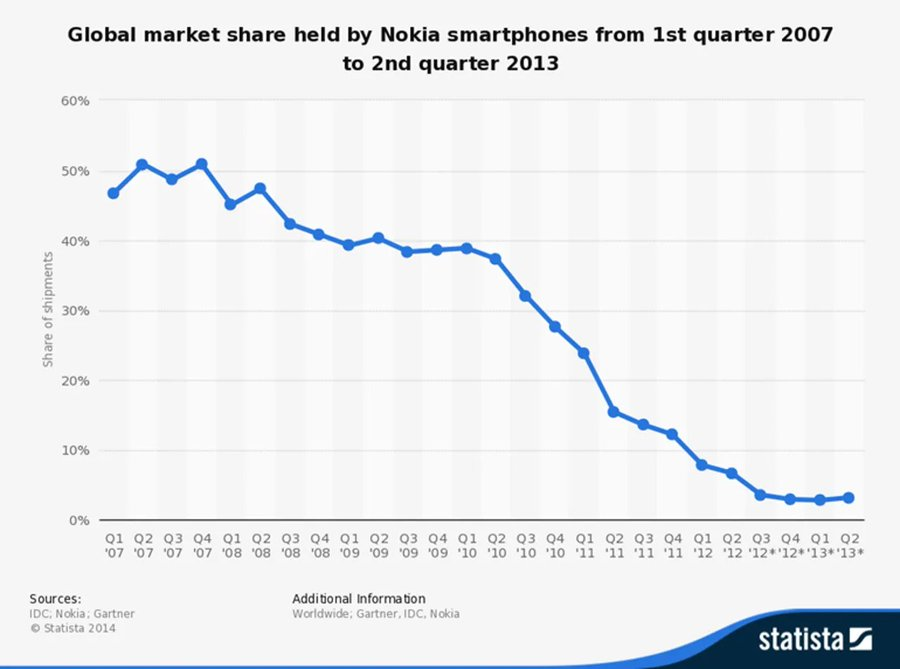 At its peak, Nokia was untouchable.
At its peak, Nokia was untouchable.
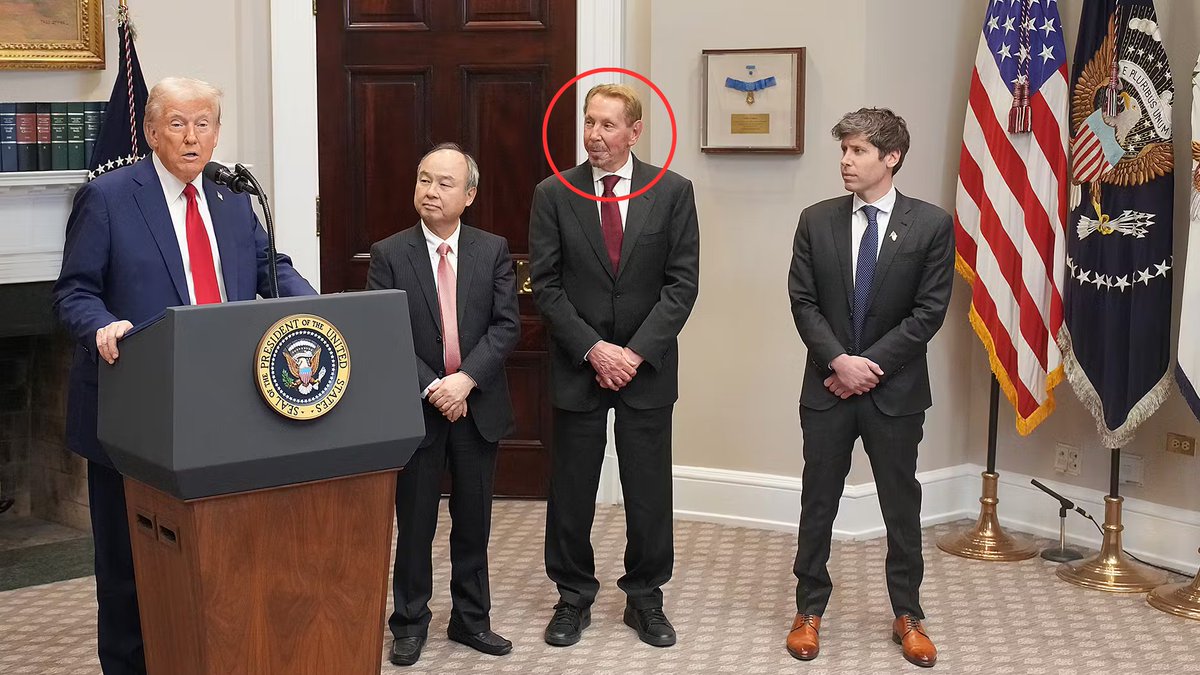
 In 1977, Larry Ellison co-founded a tiny startup called Software Development Laboratories.
In 1977, Larry Ellison co-founded a tiny startup called Software Development Laboratories.

 It's called Woven City.
It's called Woven City.

 At its peak, Nokia was untouchable.
At its peak, Nokia was untouchable.

 John McAfee started as a legit genius.
John McAfee started as a legit genius.

 In 1977, Larry Ellison co-founded a tiny startup called Software Development Laboratories.
In 1977, Larry Ellison co-founded a tiny startup called Software Development Laboratories.
 IKEA succeeded because it's founder, Ingvar Kamprad, reinvented how people buy furniture.
IKEA succeeded because it's founder, Ingvar Kamprad, reinvented how people buy furniture.
 Self-order terminals were first introduced in 2008, with Europe as the testing ground.
Self-order terminals were first introduced in 2008, with Europe as the testing ground.

 After World War II, Nestlé entered Japan, hoping to create a new market for coffee.
After World War II, Nestlé entered Japan, hoping to create a new market for coffee.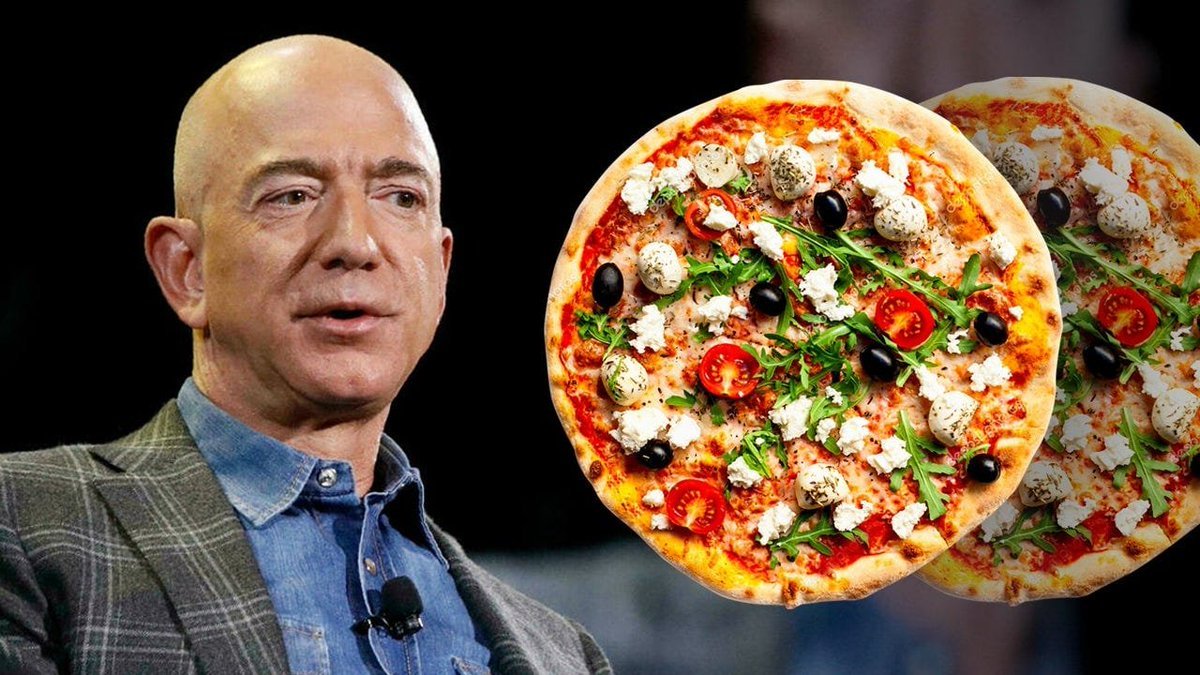
 The Two-Pizza Rule is rooted in Bezos’ belief that small, autonomous teams are more productive than large, bureaucratic ones.
The Two-Pizza Rule is rooted in Bezos’ belief that small, autonomous teams are more productive than large, bureaucratic ones.

 In 2013, Snapchat launched Stories—a new way for users to post photos and videos that disappeared after 24 hours.
In 2013, Snapchat launched Stories—a new way for users to post photos and videos that disappeared after 24 hours.

 Kodak was founded in 1888 by George Eastman with the goal to democratized photography.
Kodak was founded in 1888 by George Eastman with the goal to democratized photography.
 1. Relentless Focus on Simplicity
1. Relentless Focus on Simplicity
 1. The Golden Rule: Never Exceed 14% Markup
1. The Golden Rule: Never Exceed 14% Markup
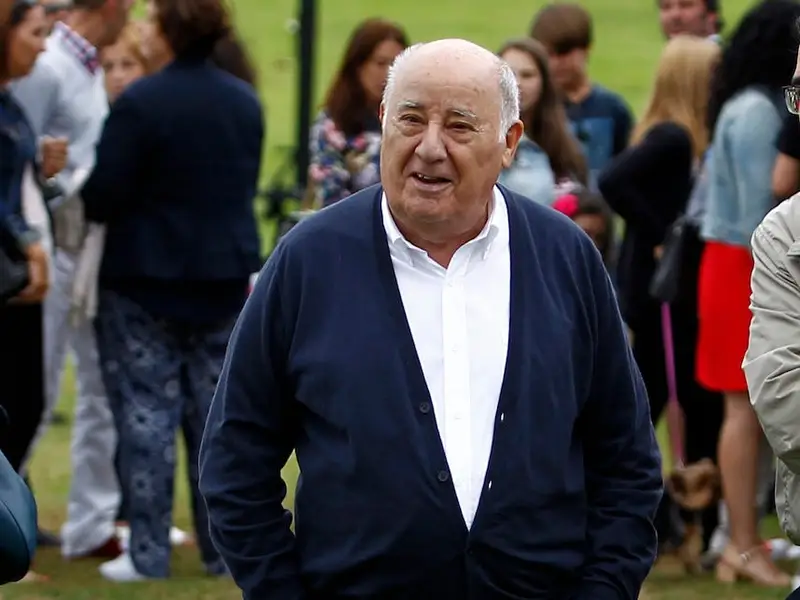

 Traditional fashion retailers relied on a seasonal model.
Traditional fashion retailers relied on a seasonal model.
 Kevin Mitnick’s hacking journey began with LA’s bus system.
Kevin Mitnick’s hacking journey began with LA’s bus system.


 In the winter of 2008, on a cold Parisian night, two friends, Travis Kalanick and Garrett Camp, stood waiting for a taxi that seemed like it would never arrive.
In the winter of 2008, on a cold Parisian night, two friends, Travis Kalanick and Garrett Camp, stood waiting for a taxi that seemed like it would never arrive. 

 In the early 2000s, BlackBerry was "the smartphone."
In the early 2000s, BlackBerry was "the smartphone."

 Nokia’s was founded in 1865 as a paper mill.
Nokia’s was founded in 1865 as a paper mill.



 Kodak was founded in 1888 by George Eastman with the goal of democratizing photography.
Kodak was founded in 1888 by George Eastman with the goal of democratizing photography.